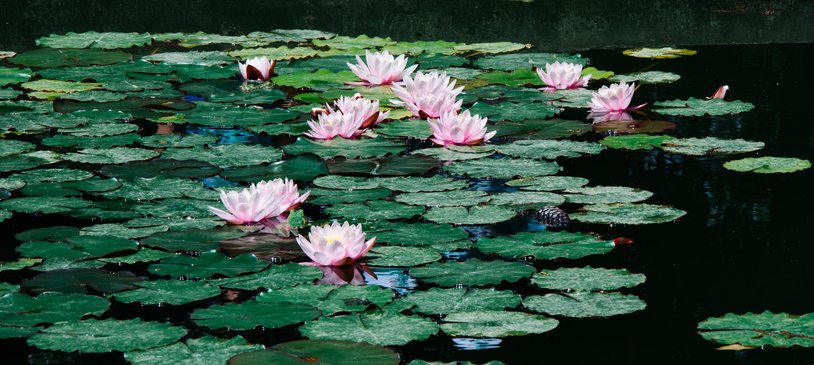Haikus
Spring is passing.
The birds cry, and the fishes’ eyes are
With tears.
--
The rains of summer join together.
How swift it is
Mogami River.
--
The old pond
A frog leaps in.
Sound of the water.
Biography:
Matsuo Basho (1644-1694), was a poet well known for the haiku form which are short poems that engage with nature. He wrote about 1000 haiku poems within his lifetime. Basho used Haikus to show his observations of nature, history, and opinions on other pieces of writing. His most well-known haibun (combination of prose and haiku) the “Narrow Road to Deep North” published in 1702 recounts the long walk Basho completed which was 1,200 miles and took five months!
Questions:
- The first two haiku poems are taken from the “Narrow Road to Deep North”. How do they give an idea of travel or movement?
- How is nature described within Basho’s poetry?
- What effect does the short nature of the haiku form have on Basho’s poems?
Extra Challenge: try writing a Haiku of your own. It only needs to be three lines and make a link to nature.
Other Japanese Literature:
- The Makioka Sisters by Jun'ichirō Tanizaki
- The Goodbye Cat by Hiro Arikawa
- Short Stories in Japanese by Michael Emmerich
- Lonely Castle in the Mirror by Mizuki Tsujimura
- Night Train to the Stars by Kenji Miyazawa
Now why not discover Haikus! in their original language
俳句 - Haiku!
行春や 鳥啼き魚の 目は泪
Yuku haru ya/ Tori naki uwo no/ Me wa namida
五月雨を あつめてはやし 最上川
Samidare wo/ Atsumete Hayashi/ Mogamigawa
古池や 蛙飛び込む 水の音
Furuike ya/ Kawazu tobikomu/ Mizu no oto
With credit to:
Poem original and translated = https://www.masterpiece-of-japanese-culture.com/literatures-and-poems/famous-haiku-poems-matsuo-basho
